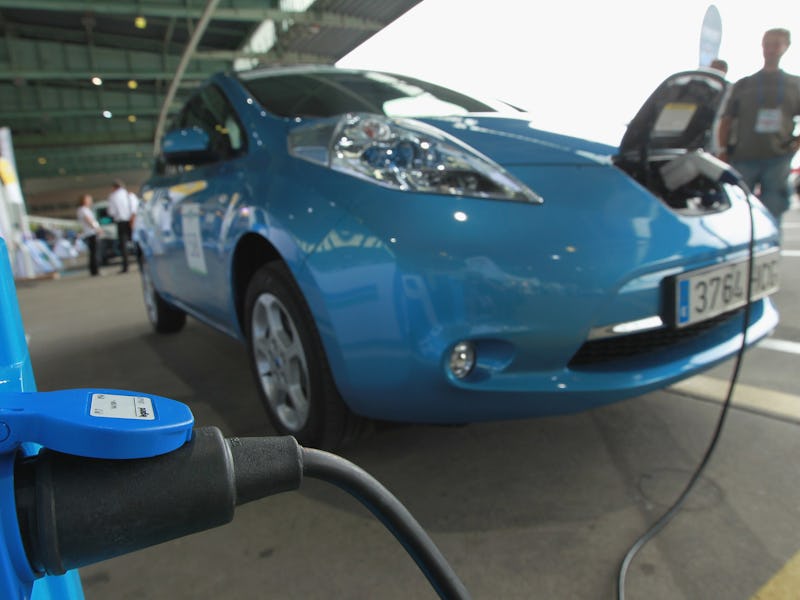
In a move that’s great for car-buyers and the environment, the EPA announced that it is keeping an emissions law that will require all new cars to average 51.4 miles per gallon by 2025. It’s not a hard standard to meet, so what the EPA is basically saying to the automakers that complained about the requirements is that they should stop being babies about this.
Keeping this law, which is an increase from the 2015 standards of 33.2 mpg, is a move that is unpopular with the auto industry, but they’ll have to deal with it — and the EPA says they can, easily. The agency says the law is based on eight years of research and the recent technological advances in electronic and hybrid cars. It basically requires that cars in the United States meet the same emission standards they have to in the rest of the world.
According to the analysis by the EPA, the standards can easily be met just by using the various hybrid technology that has already been developed, so this doesn’t switch cars to new fuels or demand new breakthroughs in efficiency.
We're about to see a lot more of these.
Although automakers protested the announcement, the EPA pointed out in its statement that automakers have outperformed the program standards over the last four years, there are a number of different methods to met the standards, and that car sales have increased over the last seven years. There is also the delightful line in the announcement where the EPA Administrator shades that the protesting automakers:
This final determination finds that automakers are well positioned to meet the standards at lower costs than previously estimated. The Administrator is choosing to retain the current standards to provide regulatory certainty for the auto industry despite a technical record that suggests the standards could be made more stringent.”
Basically, the technology exists that would reasonably allow the EPA to demand even higher average miles per gallon, but they’re not. Requiring vehicles average to 51.4 mpg significantly reduces the CO2 emissions of a car, and will reduce the United States’ average car-related CO2 emissions by roughly a third. That’s a drop of 540 million metric tons of green house gasses.
On top of that it will reduce oil consumption by 1.2 billion barrels – a saving that will go directly to drivers who are getting significantly better gas mileage. Of course, the real trick is whether automakers actually follow the standards, or if we see a bump in emissions cheating.